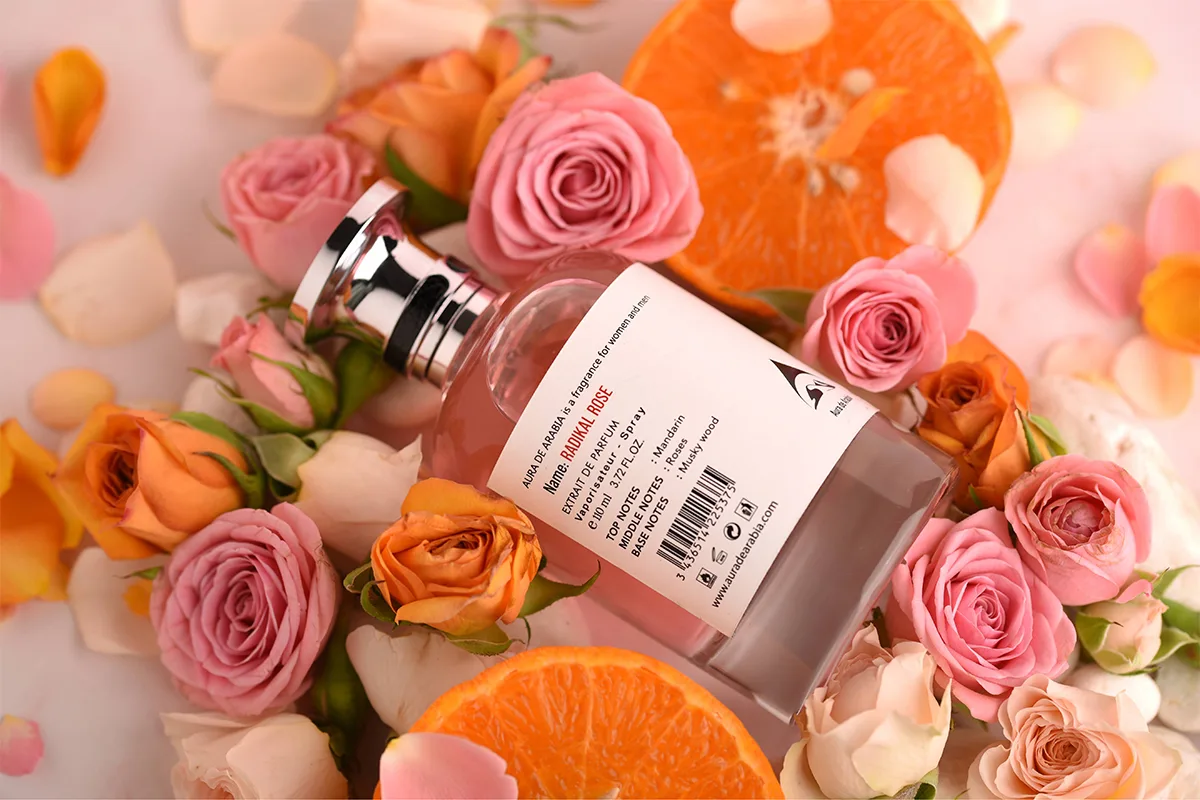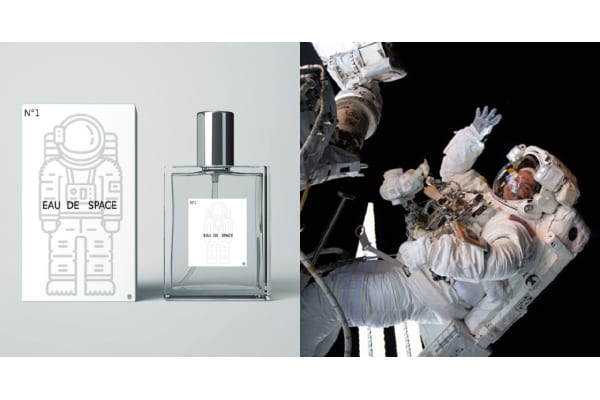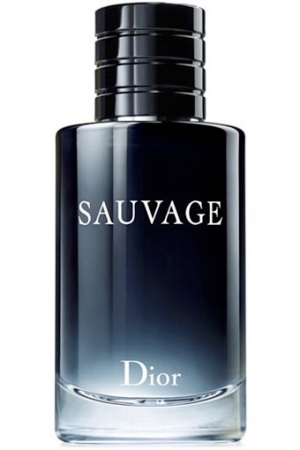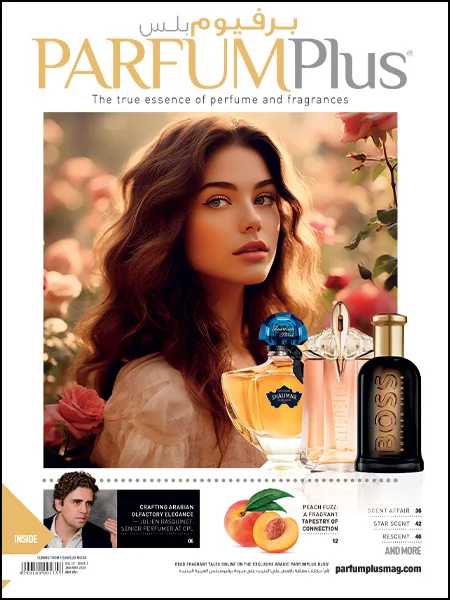In a previous post, Abdulla Ajmal spoke about the history and heritage of oudh. In this article, he delves into the importance of oudh for the people of the Middle East
There are primarily two reasons why fragrances are so important in the Middle East and to the GCC nationals or Khaleejis in particular. From a religious perspective, the Prophet (Peace Be Upon Him) loved perfumes, and specifically recommended the use of fragrances among other grooming practices. This obviously is the more important reason. The second part, as we all know, is the extremely hot climate that they live in. Given these two factors, most of the people in this part of the world are habituated to wearing a lot of fragrance.
Research shows that Khaleejis wear almost five times more perfume than their western counterparts, taking the layering concept to the next level. First, they shower using fragrant bathing gels, after which they apply lotions on their body, which is again fragrant. After that, their abayas or kandooras are incensed with some sort of either oudh or dakhoon. Over this, they would use a mixture of different fragrances. And, of course, not to forget there would be some oudh oil which would be used on the skin itself.
So you can imagine the amount of layering and this whole ritual that they go through. Needless to say, this amounts to a much higher level of perfuming. There’s a high significance of these fragrances in their lives — and not just as grown ups, but as infants too. For example, Khaleejis are introduced to oudh right from the time they are babies, when their mothers dab oudh on the children as a part of their ritual. It’s almost like they’re singing a lullaby to them. Being exposed to oudh as infants, the Khaleejis grow up to embrace oudh as an important part of their culture, be it in hospitality or celebration of special occasions, or simply as part of their everyday life to be used at home or part of their personal or body care.
One can categorise oudh based on the different kinds of use. First of all, there is the oudh wood itself which is burnt on social or special occasion in their homes. The second is the dahn-al-oudh — the oil that is extracted from the wood, which is used as a fragrance on its own or as a mixture or part of the layering process. The third is a process called mo’atar, in which the oudh pieces are soaked in perfume oil for a month to three months, and then burnt to impart fragrance in their homes. And lastly, there is the dakhoon, which is basically the residue of the oudh that is found after the oil is extracted. This remnant is crushed, mixed with perfume oils and binding agents to form tablets which are burnt to emit the fragrance in the homes or garments.






